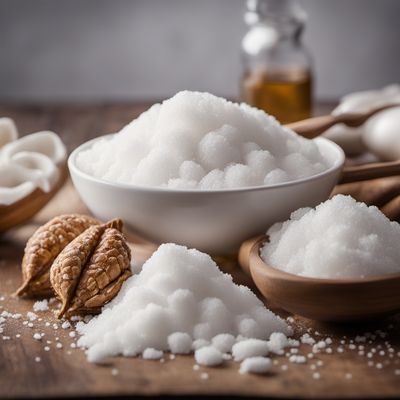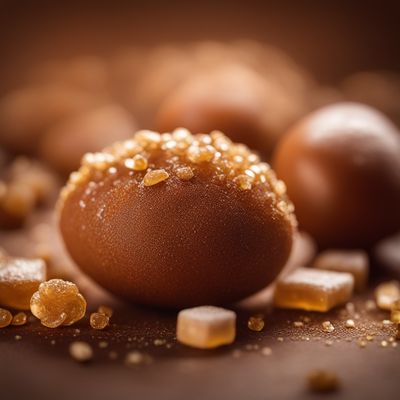
Ingredient
Sugar, icing - powder
The Sweet Dust of Confectionery
Icing sugar is a finely ground sugar that has been processed into a powder. It is commonly used in baking and confectionery to add sweetness and texture to desserts. Icing sugar dissolves quickly and smoothly, making it ideal for making frostings, glazes, and dusting desserts. Its fine texture also helps create a smooth and velvety finish on cakes and pastries.
Origins and history
The use of icing sugar can be traced back to ancient times, where it was used in various forms by different cultures. In medieval Europe, icing sugar was a luxury ingredient reserved for the wealthy. It was made by grinding sugar into a fine powder using a mortar and pestle. Today, modern production methods have made icing sugar more accessible and widely used in baking and confectionery.
Nutritional information
Icing sugar is primarily made up of carbohydrates, with a small amount of calories and no fat. It is a source of quick energy and provides sweetness to desserts. However, it is important to note that icing sugar is highly processed and contains no nutritional value other than its carbohydrate content.
Allergens
There are no known allergens associated with icing sugar.
How to select
When selecting icing sugar, look for brands that are finely ground and free from lumps. Check the packaging for any added ingredients or anti-caking agents, as some brands may include cornstarch to prevent clumping. Icing sugar is commonly available in grocery stores, baking supply stores, or online.
Storage recommendations
To maintain the freshness and prevent clumping, store icing sugar in an airtight container in a cool, dry place. Avoid exposing it to moisture, as it can cause the sugar to harden. If the icing sugar becomes lumpy, sift it before use to remove any clumps and ensure a smooth texture.
How to produce
Producing icing sugar at home is not practical for most individuals, as it requires specialized equipment such as a high-powered blender or a coffee grinder. It is more convenient to purchase commercially produced icing sugar.
Preparation tips
Icing sugar is commonly used in baking and confectionery to make frostings, glazes, and icings. It can also be dusted over desserts, such as cakes, cookies, and pastries, to add a decorative touch. Icing sugar can be used to sweeten whipped cream or to create a light and airy texture in meringues. It is a versatile ingredient that adds sweetness and elegance to a wide range of sweet treats.
Substitutions
Granulated sugar can be used as a substitute for icing sugar in some recipes. However, it will not provide the same smooth texture and may affect the overall consistency of the recipe. If a recipe calls for dusting with icing sugar, alternatives such as cocoa powder or cinnamon can be used for a different flavor profile. It is important to note that substitutions may alter the taste and texture of the final product.
Culinary uses
Icing sugar is commonly used in baking and confectionery worldwide. It is a staple ingredient in desserts such as cakes, cookies, pastries, and candies. Icing sugar can be found in various cuisines and is used to create decorative finishes or add sweetness to a wide range of sweet treats.
Availability
Icing sugar is commonly available in grocery stores, baking supply stores, and online retailers worldwide.
More ingredients from this category
Recipes using Sugar, icing - powder » Browse all

Kouign-amann: The Irresistible French Pastry Delight
Golden Layers of Sweetness: Mastering the Art of Kouign-amann
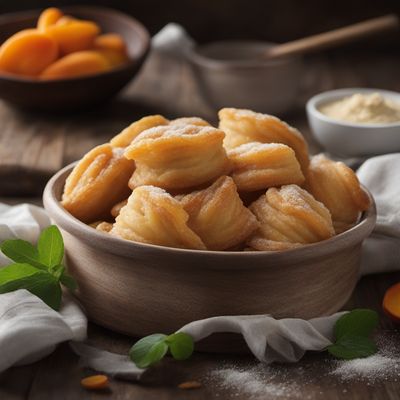
Cornish Apricot Dumplings
Sunshine-filled Apricot Delights
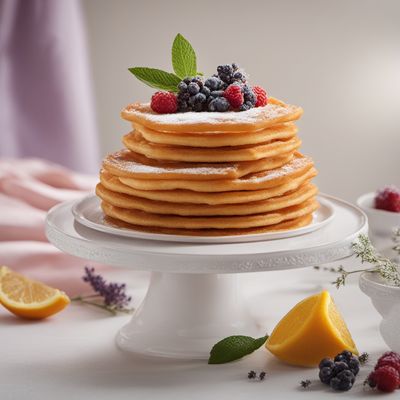
Nouvelle Lacquemant Wafel
Elevating the Classic: Nouvelle Lacquemant Wafel
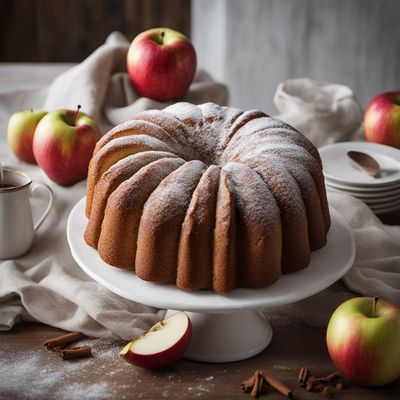
Skånsk Apple Cake
Autumn Delight: Skånsk Apple Cake

Arancini al Cioccolato with a Twist
Decadent Chocolate Arancini Balls
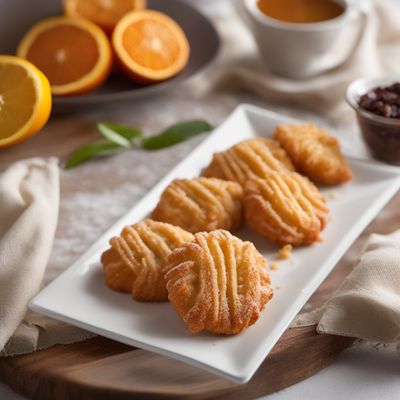
Roscos Fritos
Crispy Spanish Donuts: A Sweet Delight from Spain

Danish Cream-filled Lamingtons
Decadent Cream-filled Delights: Danish Lamingtons

Jødekager - Danish Almond Cinnamon Cookies
Scrumptious Danish Almond Cinnamon Cookies - A Delightful Treat for All Occasions
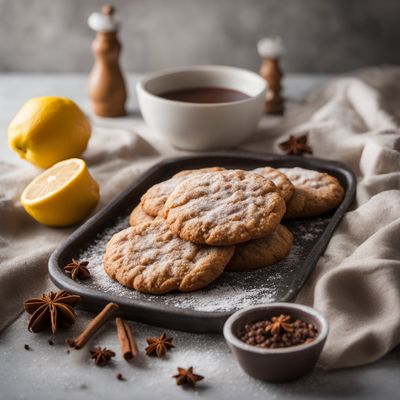
Paprenjaci - Croatian Spiced Pepper Cookies
Spiced Delights: Croatian Paprenjaci Cookies

Zagrebačka Kremšnita - Heavenly Croatian Cream Cake
Divine Delight: A Taste of Croatia's Creamy Dream Cake
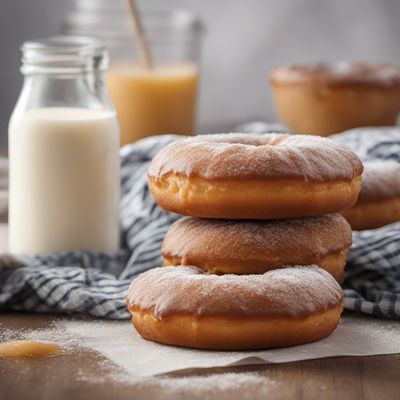
Mecklenburg-Style Glazed Donuts
Fluffy Delights: Mecklenburg-Style Glazed Donuts
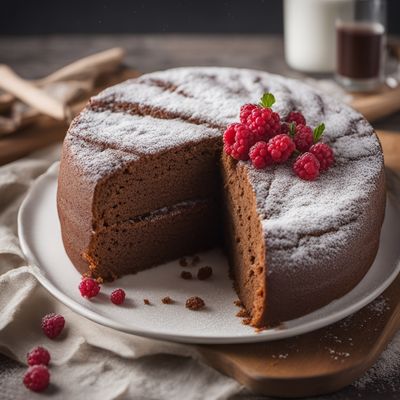
Gur Cake with a Twist
Irish Delight: A Modern Twist on Gur Cake
